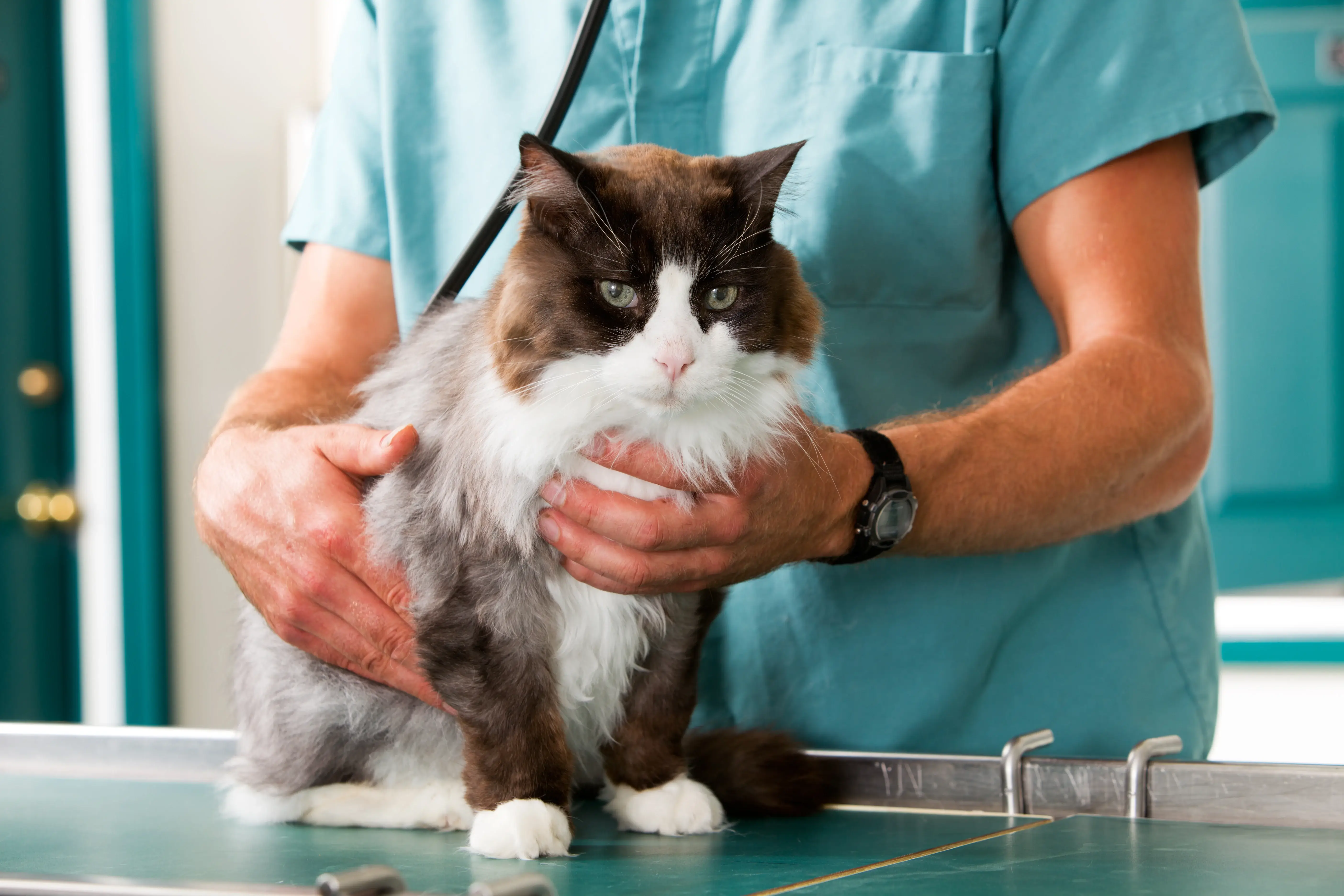A Rapid and Accurate Technique to Detect Feline Aortic Thromboembolism
Abstract: The objective of this study was to evaluate the diagnostic accuracy of infrared thermography in cats with acute pelvic paralysis to differentiate feline aortic thromboembolism (FATE) from non-ischaemic conditions.
Methods: Thermographic images were prospectively obtained at admission from cats presented for acute bilateral pelvic paralysis.Based on the final diagnosis, cats were divided into a FATE and a control group (ischaemic and non-ischaemic related pelvic paralysis, respectively).
The maximum (Tmax), minimum (Tmin) and average (Tav) temperatures were determined for each of the four limbs within a hand-drawn region of interest on the dorsal limb extremity. Temperature differences between the forelimb (nonaffected) and hindlimb (affected) with the highest temperature (ΔT), with the lowest temperature (δT) and from the right and left side (RightΔT and LeftΔT, respectively) were calculated. Results The FATE and control groups included 10 and six cats, respectively.
In the FATE group, right hindlimb mean Tmax (23.6°C ± 1.9), left hindlimb mean Tmax (23.6°C ± 2.2) and mean Tav (22.7°C ± 2.2) were significantly lower than in the control group (26.6°C ± 3.5 [ P = 0.042]; 26.6°C ± 2.4°C [ P = 0.024] and 25.7°C ± 2.0 [ P = 0.020], respectively). ΔT, δT, RightΔT and LeftΔT were significantly higher in the FATE group than in the control group. A cut-off value of 2.4°C for RightΔTmax and LeftΔTmax allowed discrimination between the FATE and control groups with a sensitivity of 80% and 90%, respectively, a specificity of 100% for both, a positive predictive value of 100% for both, and a negative predictive value of 75% and 86%, respectively.
Conclusions and Relevance: A minimal difference of 2.4°C between ipsilateral affected and nonaffected limbs has an excellent specificity and high sensitivity for FATE diagnosis. Infrared thermography seems to be a promising, useful, easy, non-invasive and rapid method for detecting aortic thromboembolism in cats, particularly in emergency situations.
Reference: Céline Pouzot-Nevoret, Anthony Barthélemy, Isabelle Goy-Thollot, Emmanuel Boselli, Maxime Cambournac, Julien Guillaumin, Jeanne-Marie Bonnet-Garin, Bernard Allaouchiche. (2018) J Feline Med Surg Aug;20(8):780-785.
| Interested in learning more about thermal imaging? Request a demonstration with Digatherm and discover how veterinary thermography can help you find problem areas faster and easily monitor treatment progress. |
